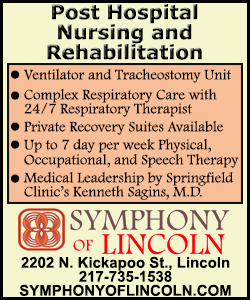|
 “The study really shows a direct link between kids’ health, the use
of emergency rooms and the type of housing they’re in,” said Nancy
Adler, the senior researcher on the study. “The study really shows a direct link between kids’ health, the use
of emergency rooms and the type of housing they’re in,” said Nancy
Adler, the senior researcher on the study.
“Investments in better quality public housing may help kids be
healthier and also may be good for the economic bottom line,” said
Adler, professor of psychiatry and pediatrics at the University of
California, San Francisco, School of Medicine. “It could save
society money on healthcare costs.”
Adler and her colleagues examined data on the emergency and
urgent-care needs of 5,711 children in San Francisco with public
insurance living in either private housing, renovated public housing
or old public housing.
Over the past 20 years, the federal Housing Opportunities for People
Everywhere, or HOPE VI, program redeveloped 56,800 public housing
units, the researchers write in the journal Health Affairs.

HOPE VI aimed to transform not only the physical environment of
developments once known as projects, but also to create mixed-income
neighborhoods with lower-density housing and a range of social
services, such as child care.
At first look, children living in the old public housing were more
likely to visit the hospital than those living in private housing.
There was no difference between children living in renovated public
housing and children living in either old public housing or private
housing, however.
But the researchers did find a difference for repeat emergency
hospital visits. With raw data, the rates were 48 percent for the
3,266 children in private housing, 51 percent for the 368 children
in renovated housing, and 52 percent for the 2,077 children in older
public housing.
But after adjusting the data for the children’s demographics,
health, neighborhood and the hospital where they received treatment,
they found that children living in old public housing were about 37
percent more likely to have repeat hospital visits than children in
private housing.
Children living in the old public housing were also 39 percent more
likely to have a repeat emergency hospital visit, compared to those
in the refurbished public housing.
The researchers can’t say why redeveloped public housing led to
fewer repeat emergency hospital visits, but Adler said it could be
due to a combination of benefits – better access to food, fewer
injury-causing hazards and fewer environmental dangers, such as less
lead-based paint, mold and other allergens.
[to top of second column] |

In addition, families in renovated public housing may be under less
stress, she said.
Residents of public housing units that have not been renovated have
complained about crime, cockroaches, mice, mold and broken
elevators.
The researchers are now analyzing the diagnoses given to the
children at the hospitals to see if they can find out what led to
the need for care, Adler said.
“There is a clear need to better understand the range of social and
economic factors that lead to these high visit rates, and understand
the link between housing and health,” she said.
Danya Keene, a professor at the Yale School of Public Health, called
the 39 percent reduction in emergency visits “huge.”
“It’s great that these kids are benefiting from this high-quality
affordable housing,” she told Reuters Health.
“The paper does support the idea that living conditions matter for
health in significant ways,” Keene said. “We can save healthcare
dollars by improving people’s living conditions.”
She cautioned against reading the results as an indictment of old
public housing, however.

“Even though the conditions in many public housing developments are
in dramatic need of improvement, we do know that public housing
provides an important source of stable and affordable housing,
particularly for the poorest of the poor,” Keene said.
SOURCE: http://bit.ly/1zbVi4s Health Affairs, online December 8,
2014.
[© 2014 Thomson Reuters. All rights
reserved.] Copyright 2014 Reuters. All rights reserved. This material may not be published,
broadcast, rewritten or redistributed. |